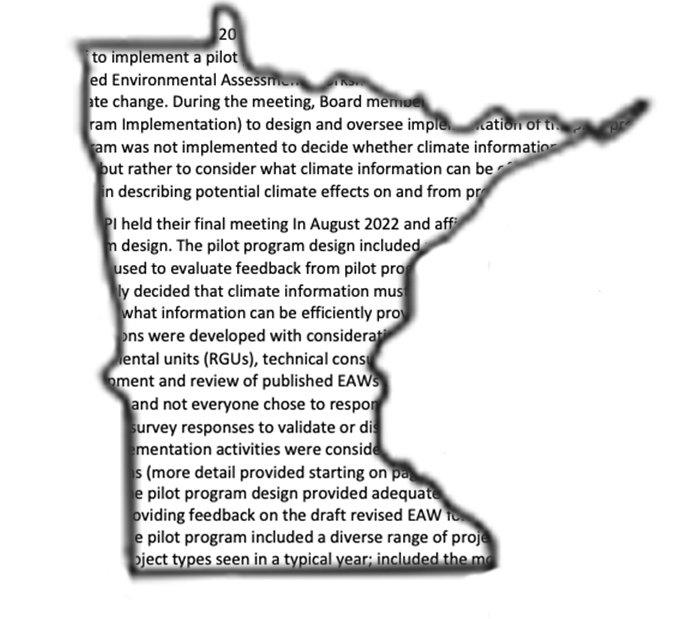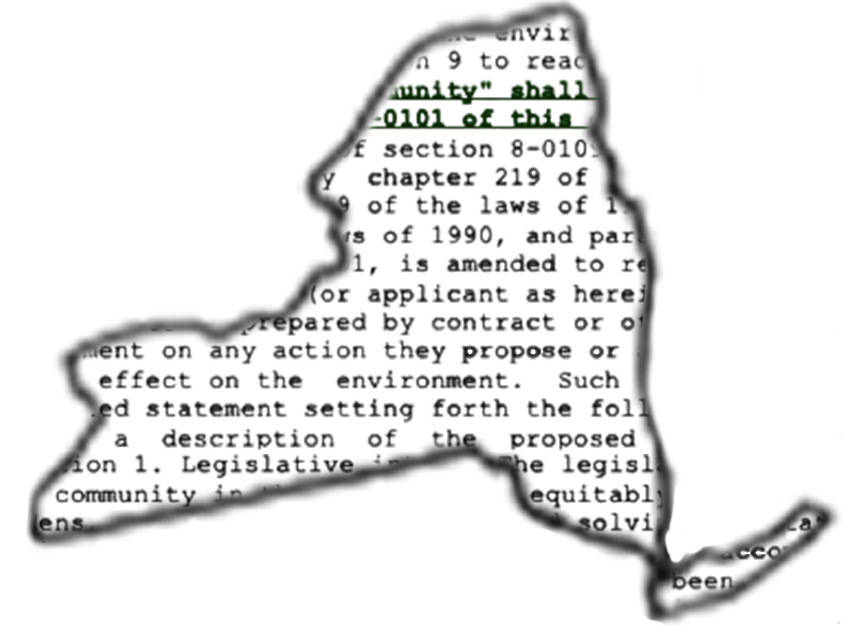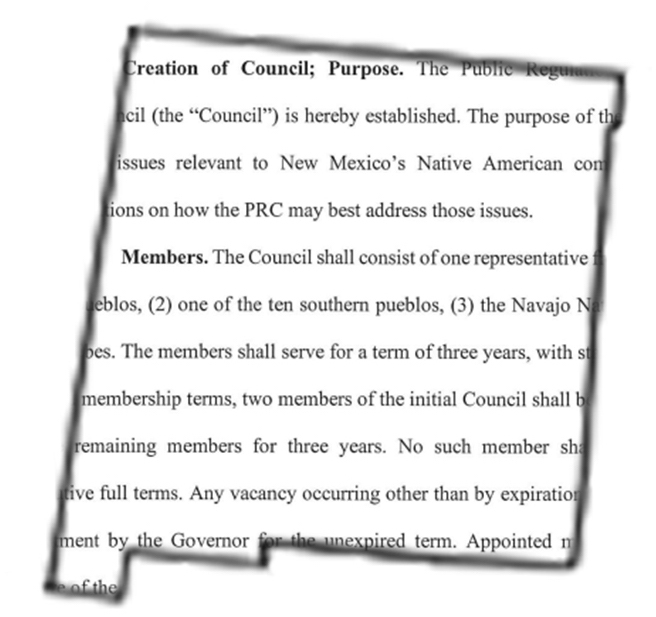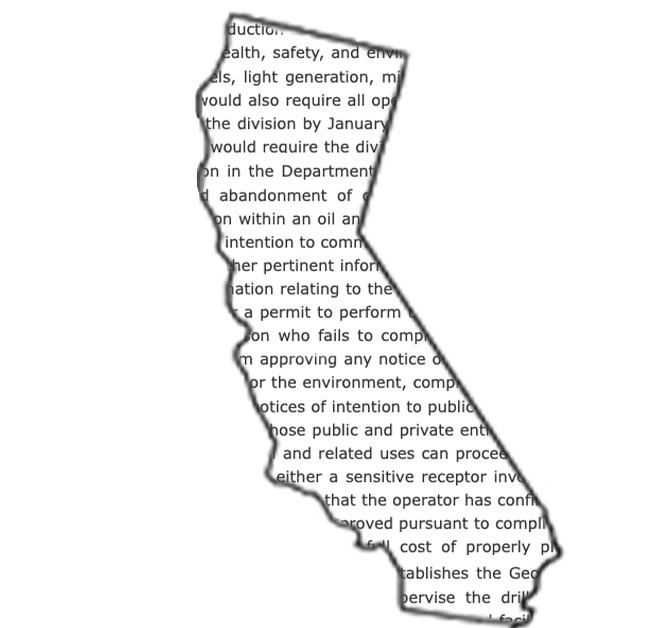Equity, Energy, and Environmental Reviews: States Shake Things Up at the Close of 2022
Rachel Ramirez-Guest (Staff Attorney II) / January 12, 2023

We are ringing in the new year with a quick roundup of new state laws and regulations grappling with climate, environmental justice, and the clean energy transition from the end of 2022.
Climate:
Minnesota will require that the environmental review of any proposed project subject to the Act include the project’s potential greenhouse gas emissions and methods considered to reduce those emissions, after the Minnesota Environmental Quality Board, which implements the Minnesota Environmental Policy Act, voted for this change on December 14th. Minnesota Public Radio reports that advocates believe these required disclosures will “help state and local officials decide whether the project fits with Minnesota’s climate action goals.”
Environmental Justice:
New York will require cumulative impact analyses in environmental permitting decisions that could affect the state’s disadvantaged communities, after New York Governor Kathy Hochul signed the new bill into law on December 30th. In its press release announcing New York’s new cumulative impacts law, WE ACT for Environmental Justice, which advocated for the law, calls it “landmark legislation in addressing [] environmental racism.”
New York’s cumulative impacts law adds to the growing momentum in public policy aimed at addressing environmental disparities across the country. For more information on state legislative efforts advancing environmental justice, visit the State Impact Center’s environmental justice resource which highlights several such state statutes (including Vermont’s new Environmental Justice Act enacted in 2022). And for more information on the New York cumulative impacts law, check out this State Impact Center blog post highlighting key provisions of the New York legislation and explaining how it compares to similar requirements in New Jersey.
Energy:
New Mexico has worked to improve tribal engagement in its energy policy amid a restructuring of its utility regulator. On December 30th, New Mexico Governor Michelle Lujan Grisham issued an executive order creating a Tribal Advisory Council to guide the work of the New Mexico Public Regulation Commission (PRC). E&E reports that Gov. Lujan Grisham emphasized the importance of ensuring “tribal voices are heard” on issues before the PRC, which is “tasked with keeping rates affordable” and “ensuring new renewable energy resources and battery storage projects . . . can meet customer demands.”
The move comes after concerns that the newly restructured PRC—which began work on January 1st—lacks adequate representation for the state’s native communities. The PRC, formerly comprised of five elected members, is now a three-member body appointed by the Governor. Source NM reports that a concern remains that the creation of the Tribal Advisory Council hides, rather than resolves the representation issues raised by the shift from an elected council to an appointed one. For more information on the previous structure of New Mexico’s PRC, and how it compares to other states’ utility regulators, check out the appendix of the Center’s 2019 report “State Attorneys General: Empowering the Clean Energy Future.”
On New Year’s Day, California’s 2022 law prohibiting oil and gas drilling within 3,200 feet of homes, schools, and various community facilities went into effect. Environmental Health News reports that the law imposes “the largest setback requirement of any state,” but an industry association is petitioning for a referendum to overturn it (for more information about this petition activity read this recent update from KVPR, NPR for Central California, and this earlier report from Inside Climate News).
Looking ahead in 2023, the State Impact Center is resolved to keep a keen eye on how these and other recent state models for advancing climate, environmental justice, and clean energy unfold.
This page was updated on March 25, 2024 to better meet our accessibility standards. To see the page as it was initially published, click here.




